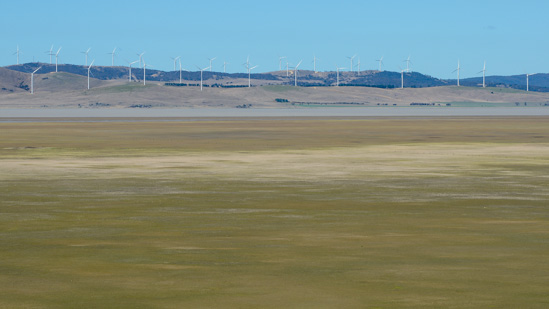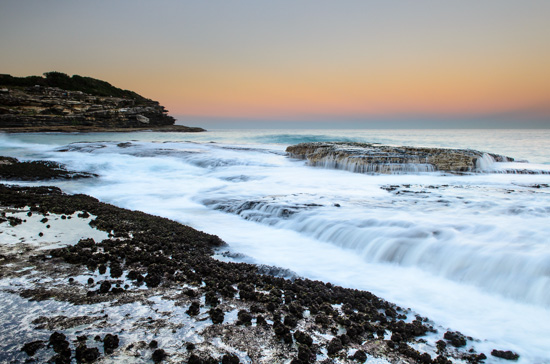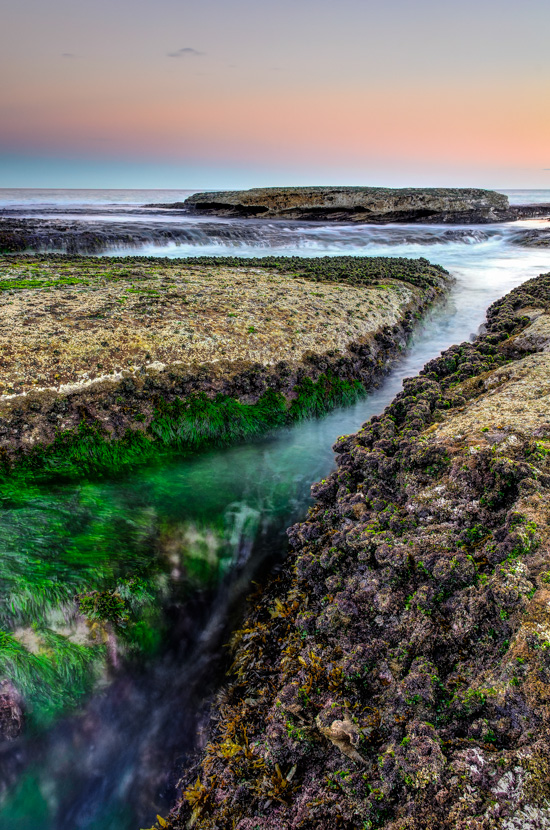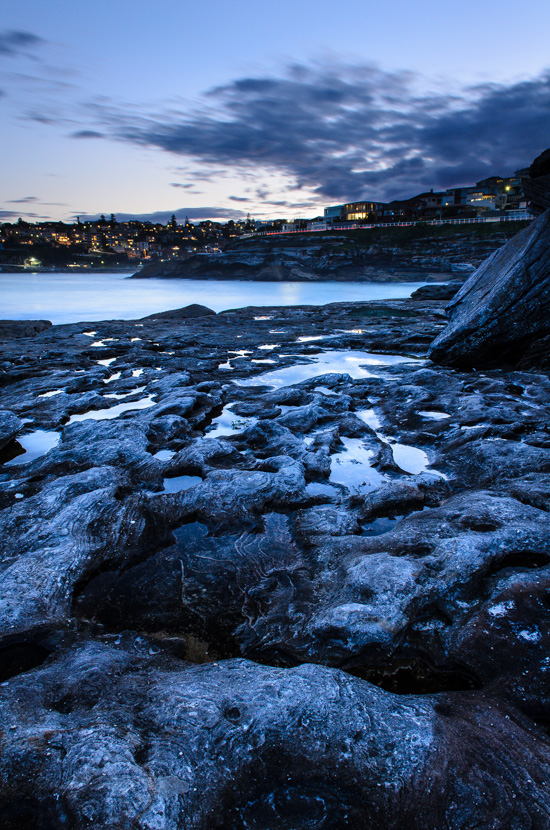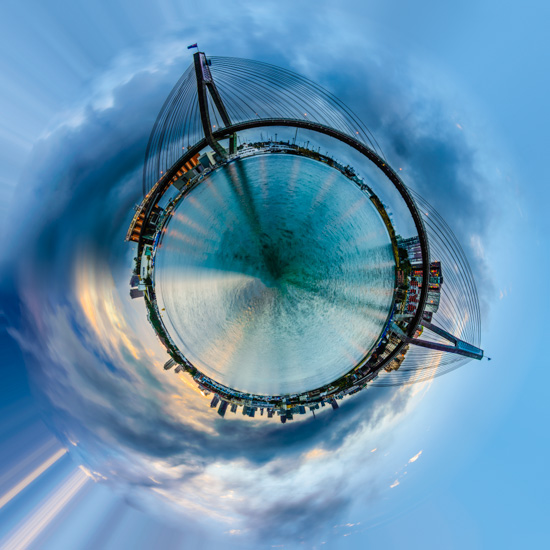Archive for August, 2013
Red Poppies…
by Rodney Campbell on Aug.21, 2013, under Life, Photography
Red Poppies line the halls which mark the Rolls of Honour at the Australian War Memorial in Canberra.
The Flanders poppy has long been a part of Remembrance Day, the ritual that marks the Armistice of 11 November 1918, and is also increasingly being used as part of ANZAC Day observances. During the First World War, red poppies were among the first plants to spring up in the devastated battlefields of northern France and Belgium. In soldiers’ folklore, the vivid red of the poppy came from the blood of their comrades soaking the ground.
Poppies adorn the panels of the Memorial’s Roll of Honour, placed beside names as a small personal tribute to the memory of a particular person, or to any of the thousands of individuals commemorated there. This practice began at the interment of the Unknown Australian Soldier on 11 November 1993. As people waited to lay a single flower by his tomb in the Hall of Memory, they had to queue along the cloisters, beside the Roll of Honour. By the end of the day, hundreds of RSL poppies had been pushed into the cracks between the panels bearing the names of the fallen.
Note: These photographs (especially the wider shots) look much better when larger – so click any of the images below to see larger versions in an inline overlay slideshow gallery viewer.
I assisted with my daughters schools multi day school excursion/camp to our nations capital city (Canberra) – looking after the children and taking lots of images for the parents and the school 🙂 – here is one of my daughter alongside the Memorial’s Roll of Honour festooned with the red poppies for the fallen.
Red Poppies
By George…
by Rodney Campbell on Aug.19, 2013, under Life, Photography
Lake George is an interesting phenomenon along the long drive from Sydney to our nations Capital city (Canberra). It is an Endorheic lake, as it has no outflow of water to rivers and oceans and it is also long (25 x 10km), largely flat and extremely shallow, with a very small catchment. Resultant evaporation rates as well as a tendency for strong winds to blow the water back on itself explain the mysterious filling and drying episodes on both short term (hours) and long term (years) time scales that have been observed.
Note: These photographs (especially the wider shots) look much better when larger – so click any of the images below to see larger versions in an inline overlay slideshow gallery viewer.
The view from the lookout across the dry lake to the mass of wind turbines on the other side…
By George
Sunset at Tamarama…
by Rodney Campbell on Aug.17, 2013, under Life, Photography
I joined two long time photography buddies for a sunset shoot at Tamarama (a small beach on the coast just around from Sydney’s famous Bondi beach).
We were expecting absolutely no clouds (a prediction which proved to be true for the time leading up to and just after sunset at least) so were hoping for some nice pastel tones in the sky looking out to the sea on the east away from the setting sun.
Thankfully Gerry lent me his 17-55/2.8 lens to use for the afternoon/evening (he used his 11-16/2.8) since my D600 is still being repaired and whilst I kept my old D7000 camera I sold all of my crop sensor wide angle lenses. The 17mm end isn’t all that wide (26mm equivalent) – especially compared to my 16mm on full frame with the 16-35 but I was truly thankful for the use of a good piece of glass.
Note: These images (especially the wider shots) look much better when larger – so click any of the images below to see larger versions in an inline overlay slideshow gallery viewer.
The large rock shelf around the point at the northern end of the beach proved to be an ok location for some high tide wave action over the rocks
Pastel Dreaming
I was attempting to work in the nice green seaweed that was in abundance inside this crevasse in the rockshelf and have the leading lines of the gaps work through the frame. There were at least two quite tricky parts to this scene – 1) dealing with the massive exposure difference between the dark depths of the water and the sides of the chasm below me and the foreground rocks out to the sky (the later was dealt with using an ND grad) but I had to use bracketed exposures to blend in the foreground with the dark hole and 2) timing the water movement so that when the water was out and the seaweed was exposed vs having water flowing over the rocks – in the end I ended up taking twelve different exposures with different exposure settings and different levels of water movement and used four to blend for the final result
Dreamy Green
After the sun had set the clouds started coming over from the west towards us and then out to sea – too much too late :). Still the really interesting textures of the weathered and textured wavy rock formations and little pools filled with reflective water made for some interesting compositions looking south west (about 25 minutes after sunset)
The light from twilight was dropping fast so I was chasing the exposure on these ones…
Moonscape on Earth
Purple Daze
Gyrotor – a Panosphere…
by Rodney Campbell on Aug.12, 2013, under Life, Photography
Continuing the panosphere theme – here is one I call “Gyrotor”. Again this is a conversion of one of my existing panorama images (originally from this post – Australia Day Dawn)…
Note: These panospheres look much better when larger – so click the image below to see larger versions in an inline overlay slideshow gallery viewer.
Gyrotor
Review: Phottix Aion Wireless Timer and Shutter Release…
by Rodney Campbell on Aug.10, 2013, under Life, Photography, Technology
I’ve used a number of wired and wireless shutter remotes with my various Nikon D-SLR’s – this is a review (and comparison) of my latest acquisition in this space – the Phottix Aion Wireless Timer and Shutter Release.

Firstly a list of some common functions found in most programmable timer shutter releases:
- Self Timer – Just like the self timer on your camera. The timer remote switch allows you to set a variable delay (usually in 1 second increments up to 99 hours, 99 minutes and 99 seconds)
- Interval Timer – Can be set to any time period up to 100 hours as well. If you set it to 10 minutes, for example, one exposure will be taken every 10 minutes until either the storage runs out or the Exposure Count limit has been reached
- (Long) Exposure Length – Allows you to take timed exposures (usually from 1 second in 1 second increments up to 99 hours, 99 minutes and 99 seconds)
- Exposure Count Setting – This setting allows you to set the number of exposures that will be taken (usually a set number from 1 up to 199 or more or infinite). For example, if you set it to 30 times, then 30 exposures will be taken
Secondly a list of some of the previous remotes that I’ve used or am still using with my Nikon D600 (and D7000 – they both use the same remote shutter plug):
- The Nikon Wireless Remote Control ML-L3. Uses the built in IR receiver in many Nikon D-SLR’s to perform simple functions (basically trigger the shutter). It is distance limited and work by line of sight and if you want one I’d suggest buying one of the knock offs you can find on eBay for less than $5 delivered rather than the $30 original
- The Aputure Wired Timer Remote. It allows you to set the self timer, exposure length, frequency, and exposure count and it also allows continuous shooting or bulb exposures. Time can be preset from 1 second up to 99 hours. The LCD panel can be backlit for night time shooting. Basically this is a low cost (less than $20 on eBay) copy of the more expensive Nikon MC-36 remote. If you want a very functional wired remote these are an excellent choice
- The Yongnuo Wireless Timer Remote Control Shutter Release MC-36R. This has the exact same control unit as the Aputure/Nikon MC-36 above in a wireless form. It has a 2.4GHz RF wireless receiver which plugs into the camera (and the unit can sit in the camera hotshoe) – this means the camera can be triggered from long distances (usually somewhere from 50-100 metres away) and is not restricted to line of sight. Most forms of this model can also be supplied with a wired cable (for a specific camera series) allowing the control unit to be plugged directly into the camera to use it as a wired remote
- The Nikon Wireless Mobile Adapter WU-1b. This dongle allows you to control your camera from your iPhone or Android device – it’s kinda good (you get to see remote live view – a few secs delayed) but it’s flaky and not particularly reliable
- Triggertrap Mobile. This is a neat combination of a relatively inexpensive ($10 for Full or Free basic version) iPhone (IOS) or Android app and some relatively inexpensive hardware (dongle+cable $20) to connect your phone to your camera to trigger it in a variety of programmable ways
The Phottix Aion Wireless Timer and Shutter Release so far looks very good – and has a couple of advantages over the previous specific purpose programmable intervalometer/timer shutter remotes I’ve used/owned:
- It can do 0.1sec increment shot duration and intervals (the previous ones I’ve used can only do to 1 sec). However I tested this with my D7000 and the fastest reliable shutter length I could achieve was 1/3 (0.33) seconds – in fact for the timer settings from 0.2 to 0.9 sec you basically need to add 0.1 sec to the setting you use because this is the actual shutter time. Still 1/3 sec onwards at 0.1 sec increments is a lot better than whole second increments
- Uses standard AAA batteries (and I can use rechargables) in both the transmitter (control unit) and the receiver (camera end) – the other ones typically use the special (& expensive) CR2 battery
- The control unit can be powered off (there is a power switch) – all the other models I’ve used cannot (only the receiver unit could be) – the batteries lasted for ages anyway so that wasn’t a huge deal but often the buttons would get randomly pressed in your bag and you’d take it out to use it to find it’s running a program with some weird settings
- Has a long exposure HDR bracketing mode (which isn’t as useful as it sounds – since it’s fastest shutter speed is 1/10th (1/3rd) of a sec and whole stop increments from there so is only useful in pretty dark conditions)
- Came with all three connector cables for all types of Nikon D-SLR camera models (the round one (N1) for pro bodies, N2 for the older D80/D70s and the rectangular (N3) for the consumer bodies) so can be used with other Nikon cameras (mine or other peoples) – I’ve often been out shooting with friends who have forgotten to bring a remote shutter release which would allow them to shoot bulb mode long exposures (e.g. for light painting) and it would have been handy for me to have lent them something which would work with their camera type
- Has a 5 shot continuous mode as well as a 2 second delay mode (which I don’t think I’d use personally however…)

